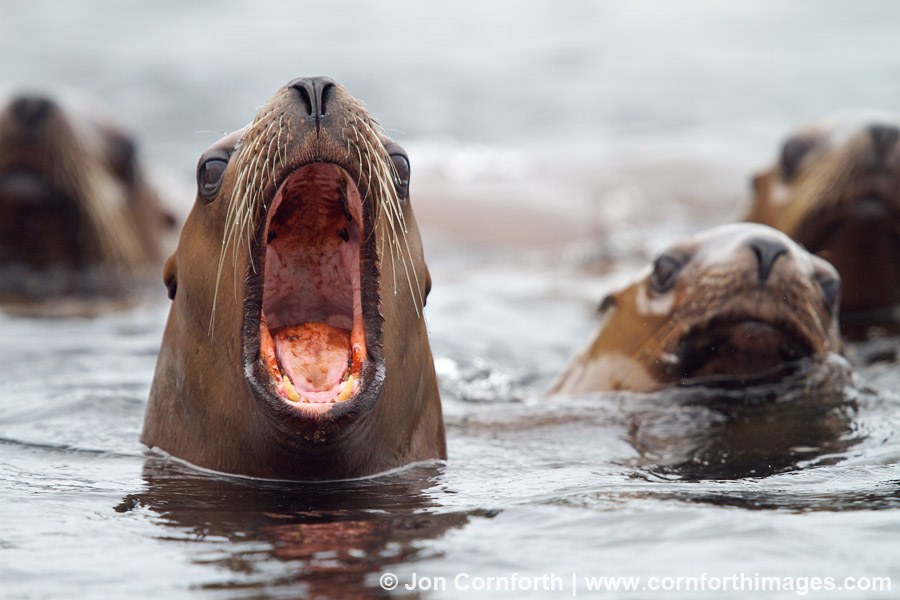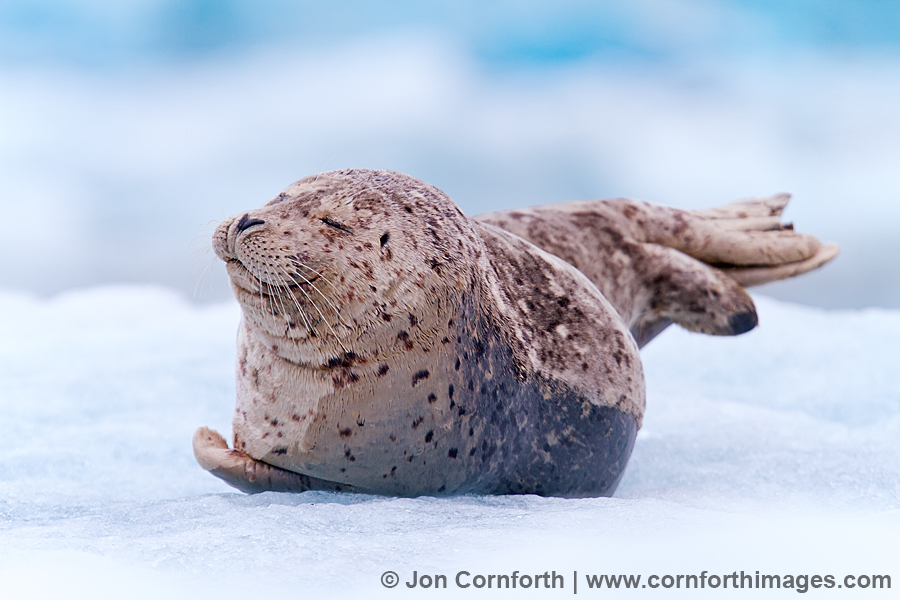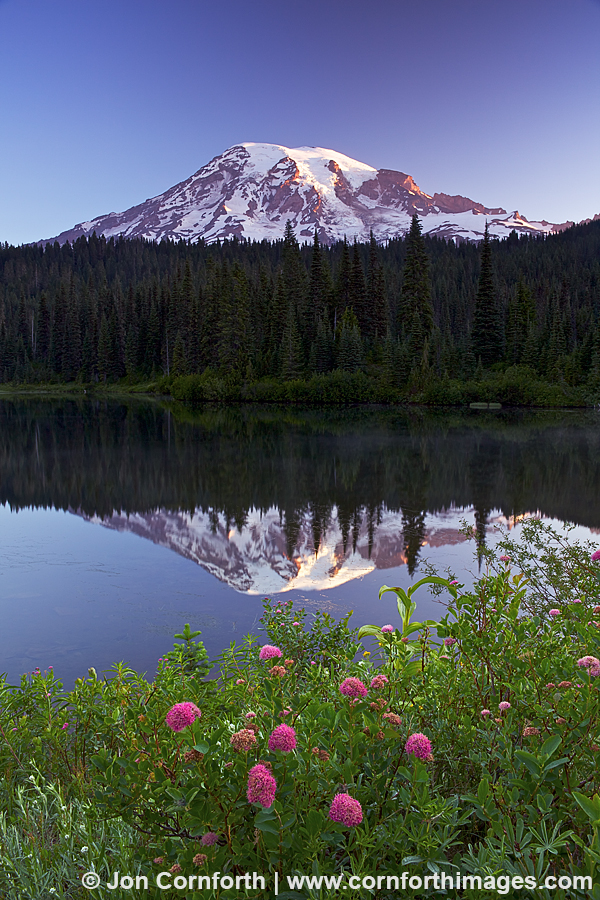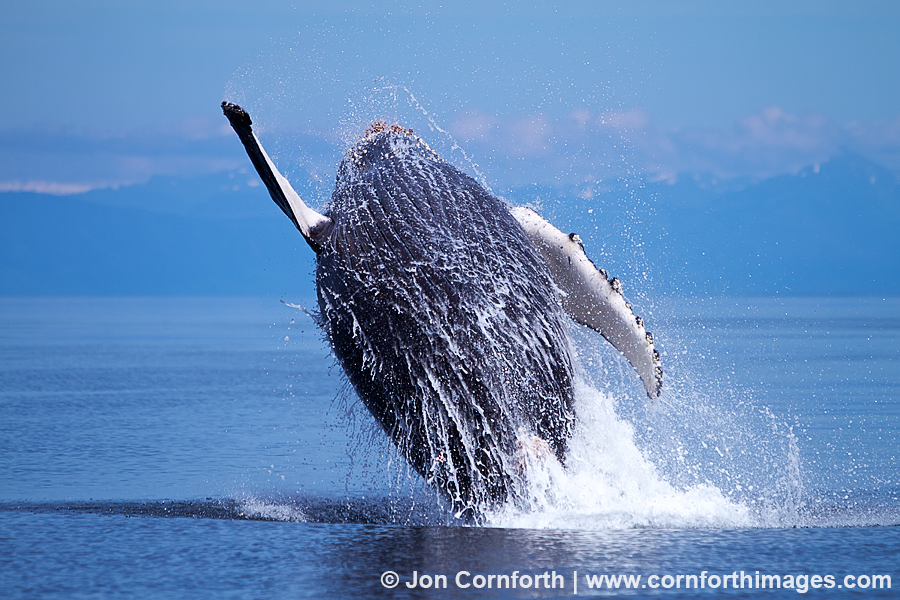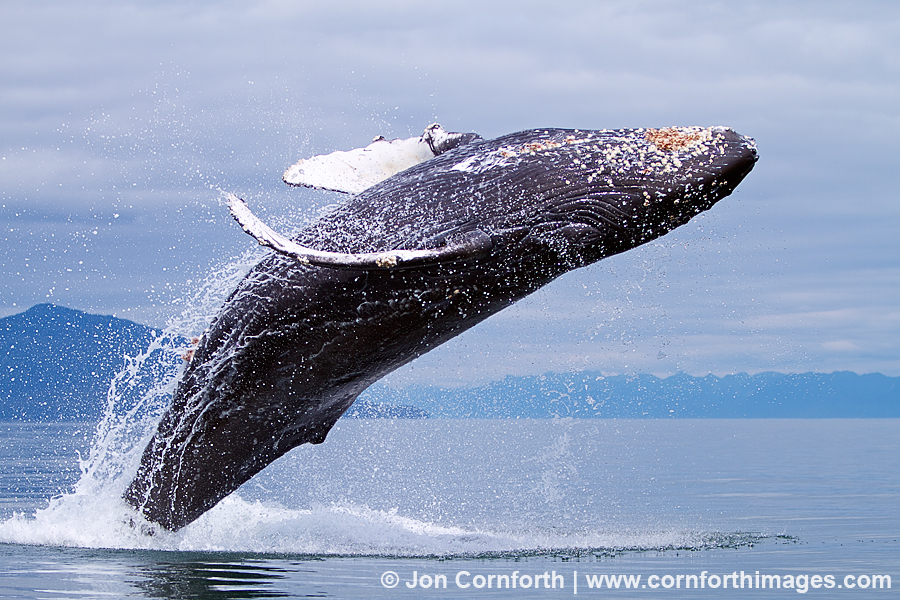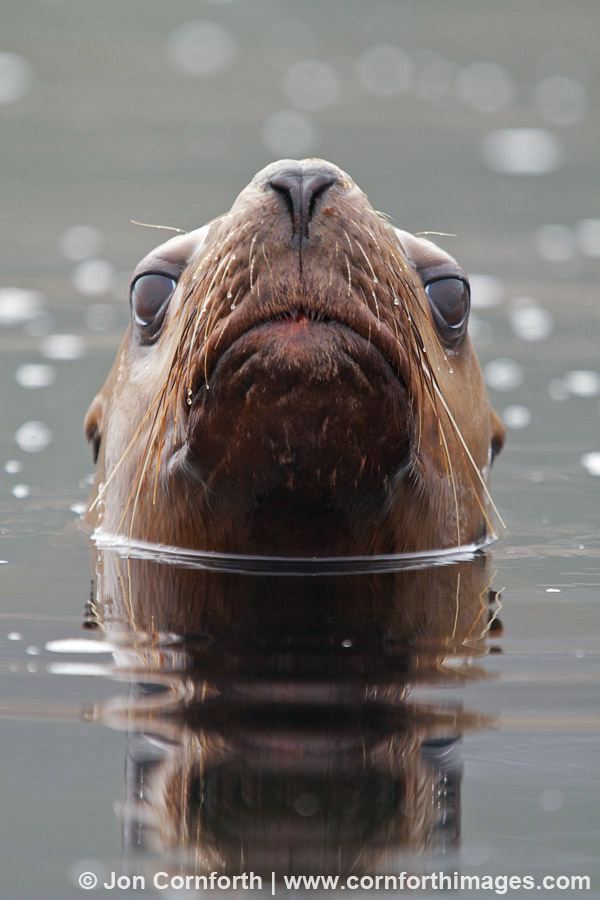
Yasha Island Sea Lions 2
Posted onBy now, my regular readers and social networking followers are probably aware that I had engine trouble last week while using my boat on Prince William Sound for the first time. The repair bill is pretty bad, but not as catastrophic as I had initially feared. It’s par for the course in trying to shoot unique images in remote locations. I have not had a trip go sour in almost 2 years, so I can not complain. During my short visit, I was absolutely blown away by the beauty and potential images that I saw in the College Fjord area, let alone the rest of PWS. I hope to go back to Alaska in the next week and maybe even get out on my boat once it is repaired one last time. Either way, I have a lot to look forward to next summer.
Here is a new Steller sea lion image from my July trip to Southeast Alaska. I spent 2 days visiting the Yasha Island pinniped colony. The cacophony of sound plus the overpowering stench of the colony is impossible to share, but at least I created some interesting images that capture the spirit of the place. I used my inflatable boat to drift in the kelp in order to get a low-angle view which best conveys a sense of being in the water next to these curious creatures. Steller sea lions have bulging eyes which make them look like aliens, which really comes across in this image. I think they are even kind of cute. I used my Canon 7D and 400mm f4 DO IS lens to create this photo. This setup is excellent for being able to hand-hold a big lens on the water.



